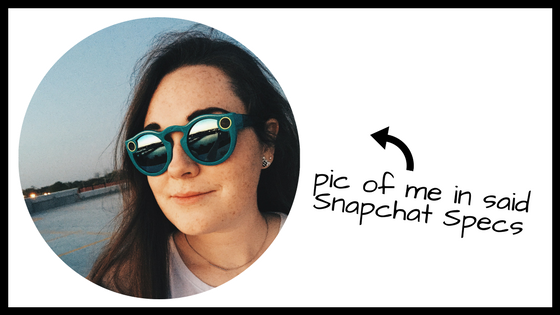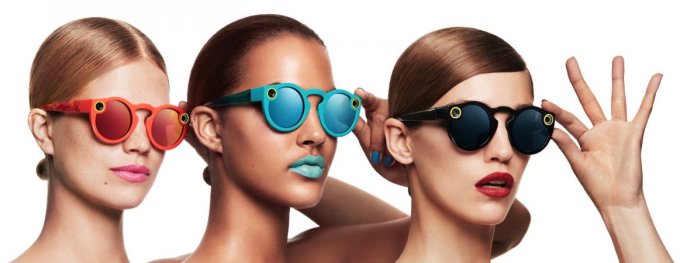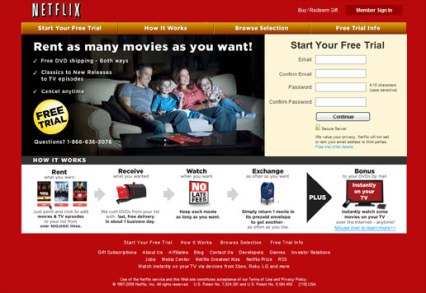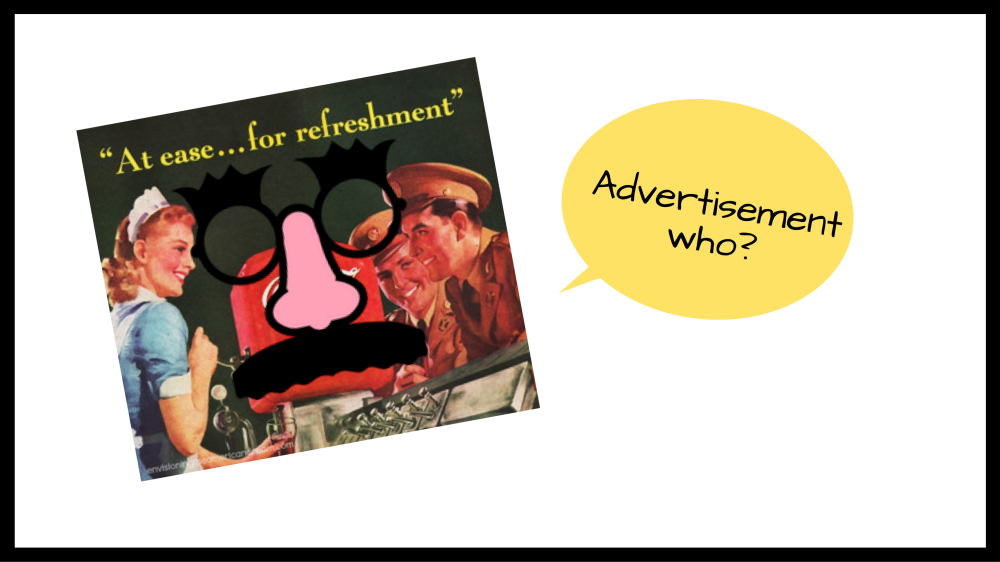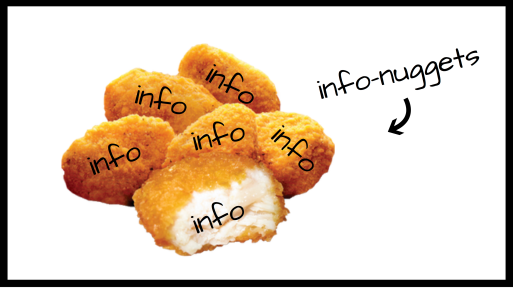The POV Revolution
If you don’t know what the POV revolution is, it’s ok. I just made it up. This is the name I’m giving to the Point of View craze that is happening right now in media, small and large. From Snapchat Spectacles and VR, to Hollywood, POV storytelling is here and it seems to be sticking around.
Point of View means exactly what it says. It’s seeing and experiencing something from someone else’s eyes.It’s kind of like a first person video game, you see what the character sees.
From the Hollywood and movie side, POV shots have been around forever. Famous examples being Alfred Hitchcock’s Vertigo (1958) and horror classic, Halloween (1978). These movies use POV shots to build suspense and to put the viewer in the shoes of the characters.
In 2016, a whole movie was was shot and released in POV, Hardcore Henry. This R-rated action thriller was shot entirely in first person and grossed about $14 million worldwide. As the picture below shows, the film was shot from a camera attached to the actors head. You can watch the trailer here.
Another more recent game changer in the POV Revolution is the commercialization of Virtual Reality. VR sets can range from the $600 Oculus Rift to a free app and a cardboard set that your phone can slide into. VR is all about transporting yourself somewhere else without really going anywhere and seeing a whole new point of view. See what I did there?
Like I mentioned in a past post, Snapchat Spectacles recently went on sale on-line world wide. Spectacles are giving regular people the power of POV. I had the chance the use a pair and to create a Snapchat Story with them (shameless plug, follow me on Snapchat @emjrocket). Not only are they fun to use, but they add a whole other level to story telling on the app. I also help run the Flagler College Snapchat channel and I can’t wait to see what kind of stories and videos we can make with them for the school (another shameless plug, @flagler_college)
